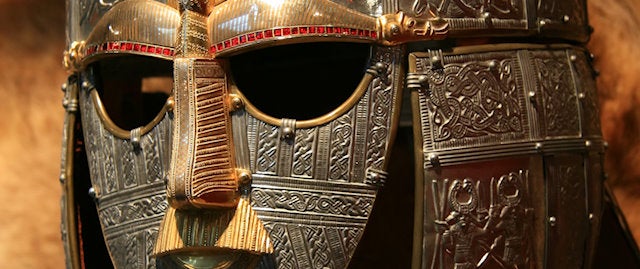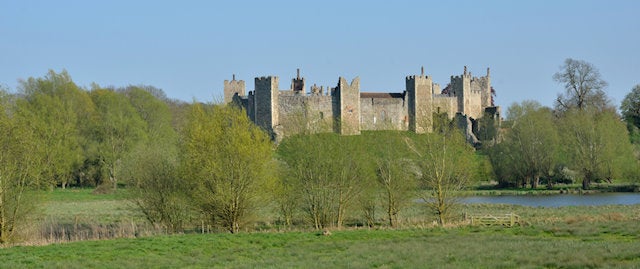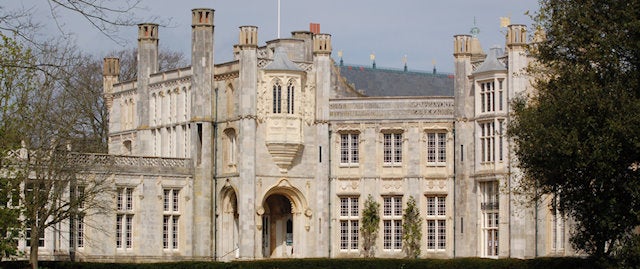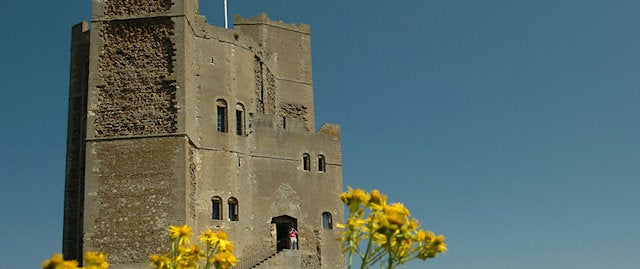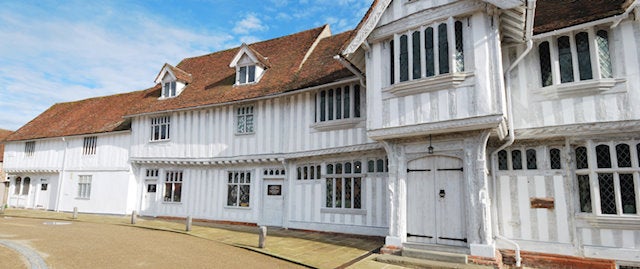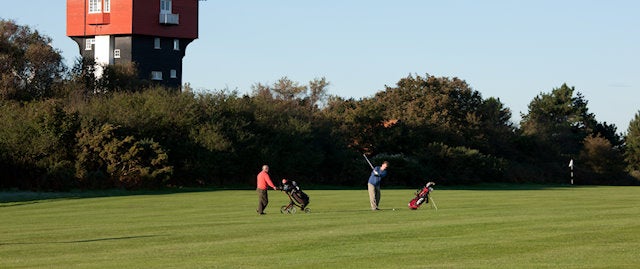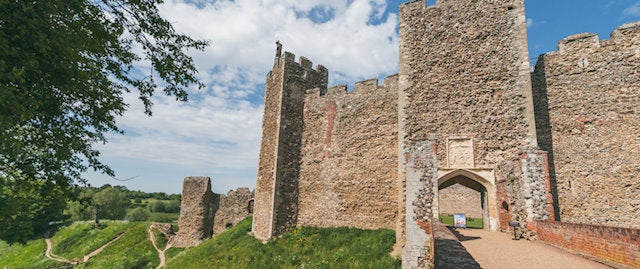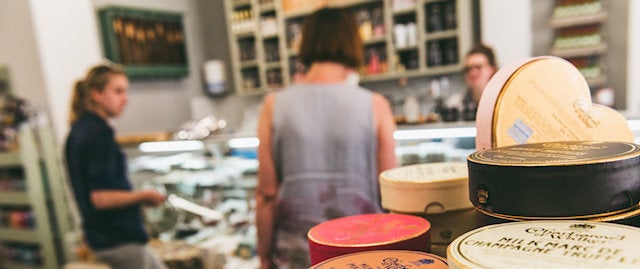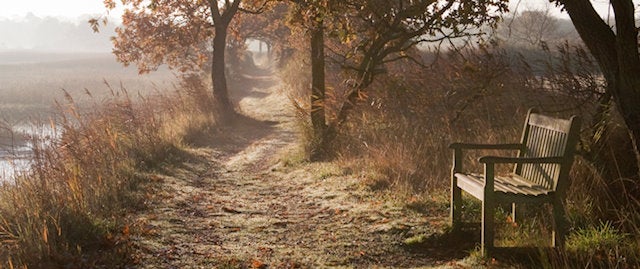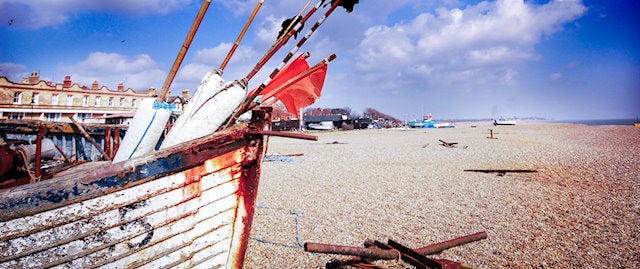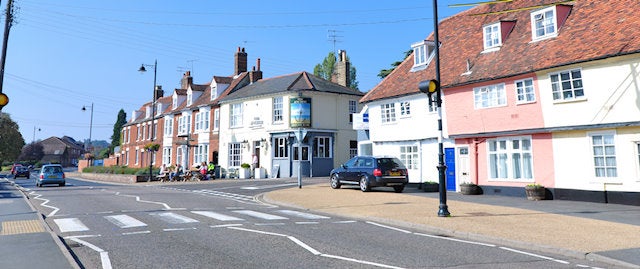Historic Suffolk
Prehistory to World War Two: Discover Suffolk’s Rich and Varied History With Us
As part of the Anglo-Saxon kingdom that encapsulated East Anglia, Suffolk became its own, distinct place when the people of the region divided over time into the ‘North Folk’ (Norfolk) and ‘South Folk’ (Suffolk). Since then Suffolk has become more and more distinct from its East Anglian neighbours and has a rich agricultural history with Christian ties, but it is also a country with a deep prehistoric past that has become the subject of much cultural debate and has even been made into Hollywood films. A holiday in one of our Suffolk Cottages just wouldn’t be complete without exploring the historic attractions and rich folklore on offer, so we’ve collected this guide to help you get the most out of your time here.
Sutton Hoo
Located near Woodbridge, Sutton Hoo shot to fame in 1939 when one of the most significant archaeological discoveries of all time was made here. If you’ve seen the 2020 film ‘The Dig’, starring Carey Mulligan and Ralph Fiennes, then you’ll already be familiar with Edith Pretty and Basil Brown who made the discovery and indeed what they found, but for those who haven’t seen it, here’s a little bit of background.
The two archaeologists discovered an Anglo-Saxon burial site here, the size and detail of which would go on to redefine everything British historians thought they knew about this period of history. The site, which took the form of a ship, was filled with symbolic burial ornaments, jewels from as far away as the Byzantine Empire and the remains of the people who once lived there. The most well-known discovery they made here was arguably the iconic ‘Saxon Helmet’ which has gone on to become an emblem of the era.
Today, Sutton Hoo is a National Trust site where you can learn all about the iconic dig and the Anglo-Saxon history of Suffolk. The exhibition at High Hall showcases many of the artefacts found, while the Burial Ground itself is open to view. The site also includes Tranmer House, which belonged to Edith Pretty, a sculpture trail and 245 acres of dog-friendly woodland walking routes for you to explore.
Framlingham Castle
To the west of Aldeburgh and north of Woodbridge lies Framlingham Castle, a mighty stone structure with a history dating back to the twelfth century. The castle was built by the Norman Bigod family who first inhabited the grounds in 1177. Hugh Bigod was the first Earl of Norfolk and began a dynasty who would earn a reputation for power, influence and rebellion across the centuries that followed. The Castle’s most significant moment in history arrived in the Tudor period. When the Castle was handed to Henry VIII’s eldest daughter, Mary Tudor in 1552, after the disgraced Howard family were told to leave, she used it as a hiding place whilst the Earl of Northumberland tried to install his niece, Lady Jane Grey, as Queen. It was at Framlingham that thousands of Mary’s supporters gathered and where she heard the news that Northumberland had surrendered and that she was now Queen of England.
Following Mary’s coronation, the castle was given back to the Howards, who then sold it years later. The castle then became a poor house and had a tumultuous history up until 1984, when it was placed into the hands of English Heritage. Today, the castle encourages visitors to Suffolk to come and discover Framlingham’s past for themselves and has everything you could wish for from a heritage site, including a Wall Walk, permanent exhibition, gift shop and cafe.
Christchurch Mansion
Arguably Ipswich’s most popular museum and certainly one of its prettiest buildings, Christchurch Mansion is living proof of the vast religious changes brought about in England by Henry VIII. Originally a monastic site, the Priory of the Holy Trinity was destroyed in 1547 during Henry’s Dissolution of the Monasteries following his divorce from Catherine of Aragon. The site was purchased by merchant Paul Withypoll that year and the mansion, as it still stands today, was constructed between 1548 and 1550.
Since then, the mansion belonged to various noble families, whose Georgian and Victorian influence is reflected in the decor of the house, before it became a museum in 1884. As one of Suffolk’s oldest museums, Christchurch is renowned for its impeccable preservation of the site and is also widely acclaimed for its art collection, which includes the largest collection of works by Thomas Gainsborough and John Constable outside of London. Admission is free and the museum plays host to an ever-changing display of exhibitions, but visitors should be aware that it is closed on Mondays.
Orford Castle
If the history of Franlingham has caught your attention, then be sure to add a visit to Orford Castle to your holiday itinerary. Orford was also built in the twelfth century, but as a defence against Henry Bigod, as owner Henry II set his sights on disposing Bigod and declaring himself ruler of the kingdom. Over the centuries that followed, Orford would see many, many rebellions, battles and factionous in fighting as various families battled to take control of England. Although Orford is considerably smaller than Framlingham, it has an equally tumultuous and fascinating past, more of which you can learn about via the audio tours available at the site, which are included in the ticket price.
The grounds and gardens of Orford are also a great place to take a long walk, with dogs in tow too if you keep them on lead and there is a hot food stall on site for you to grab a bite to eat and a warm drink. Alternatively, bring a picnic along and enjoy some time with your loved ones against the backdrop of this impressive building.
Lavenham Guildhall
The Lavenham Guildhall is reminiscent of the town’s booming economy during the Tudor era and its timber frames and distinct Tudor style remain a staple of the Lavenham skyline today. In the fourteenth century, Lavenham had become a hive of economic activity thanks to its special woolen weave, known as Lavenham Blue. The profits made from the cloth put it on par with the likes of York and Lincoln in terms of wealth and in 1529, the Guild of Corpus Christi built this impressive building to support the industry that had originated there.
However, good fortunes wouldn’t last forever and the Lavenham cloth industry had almost completely collapsed by the 1600s. This meant that by the late seventeenth century, the Guildhall was being used as a prison and was used in the following century as a workhouse. The hall had a series of unusual uses over the years, adding restaurant to its quirky caveat of means during the Second World War.
Today the hall is a beloved National Trust site and is open to visitors all year round. It also has a delightful tearoom serving cream teas, sandwiches and a selection of hot and cold drinks to fill you up.
